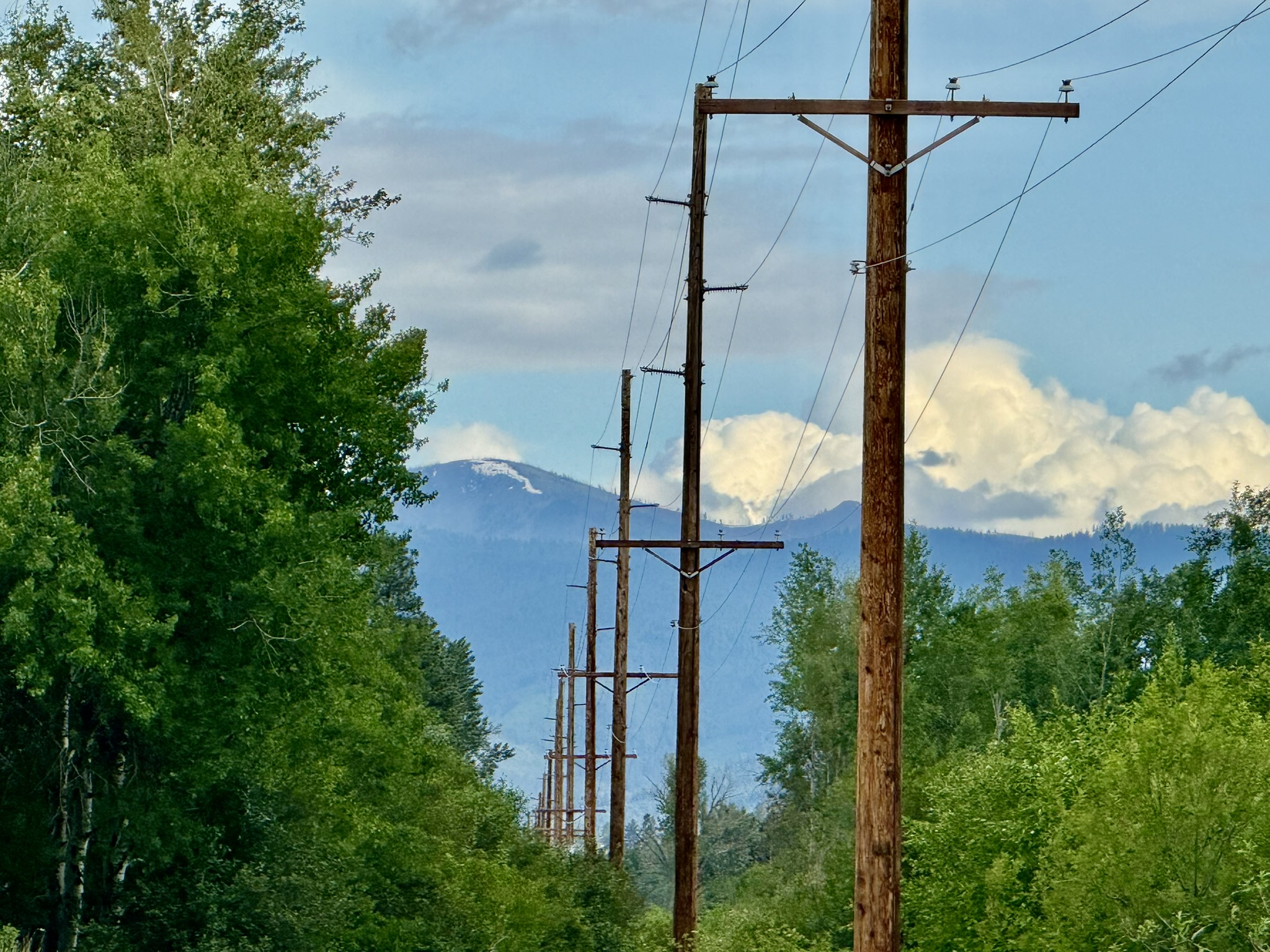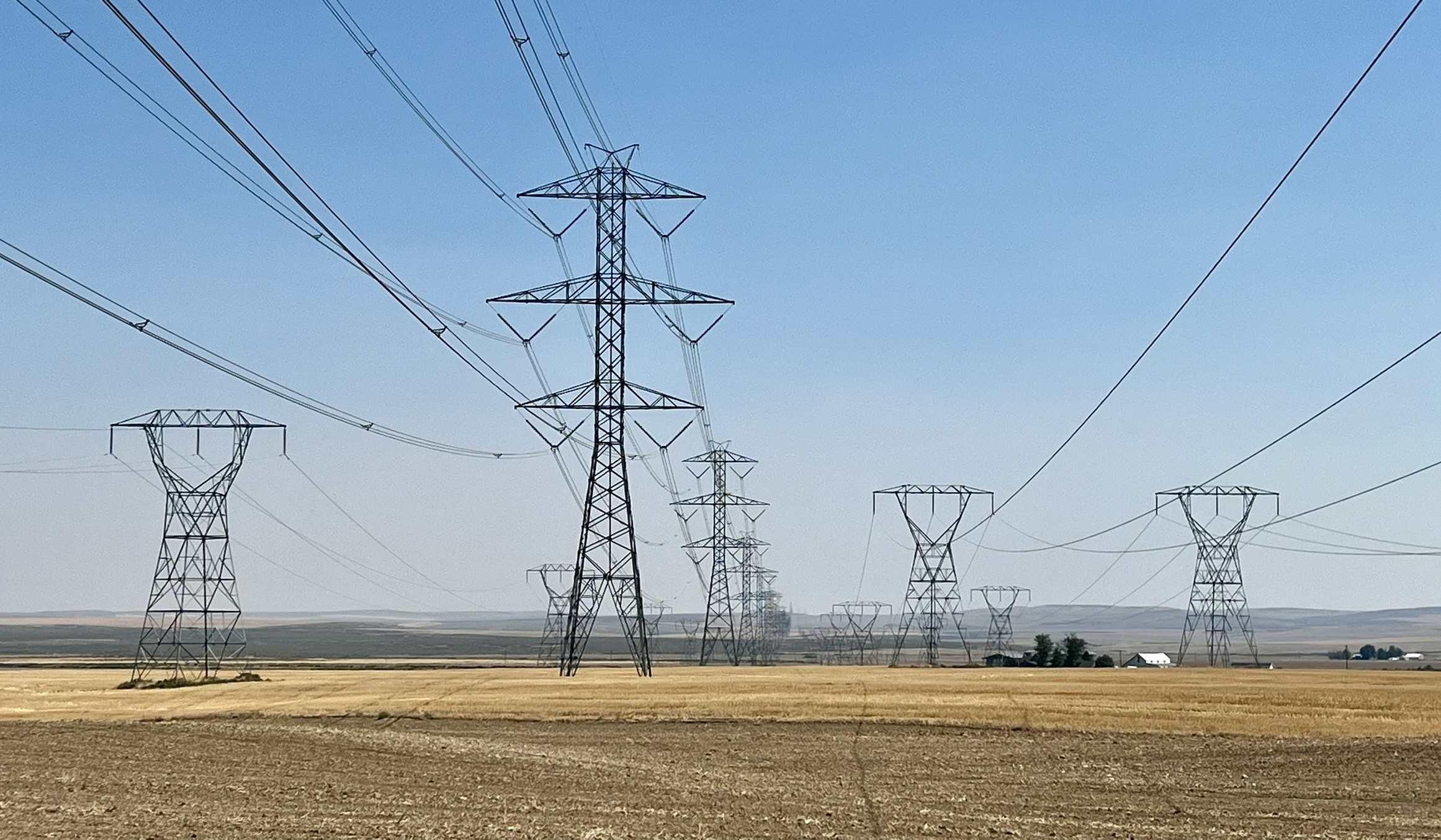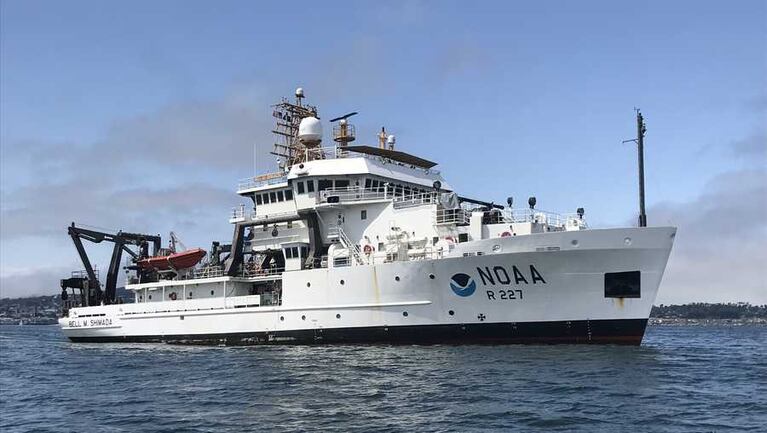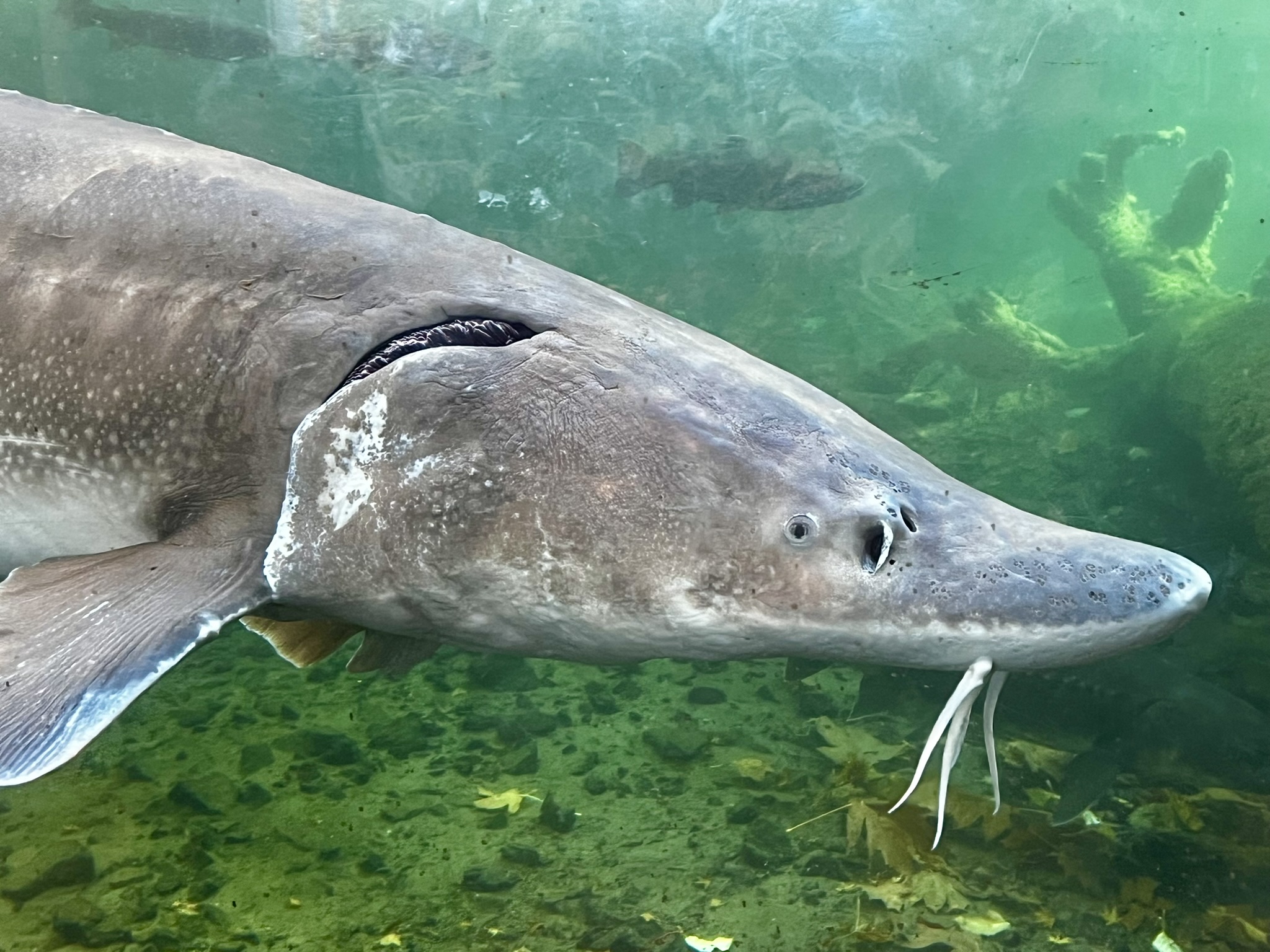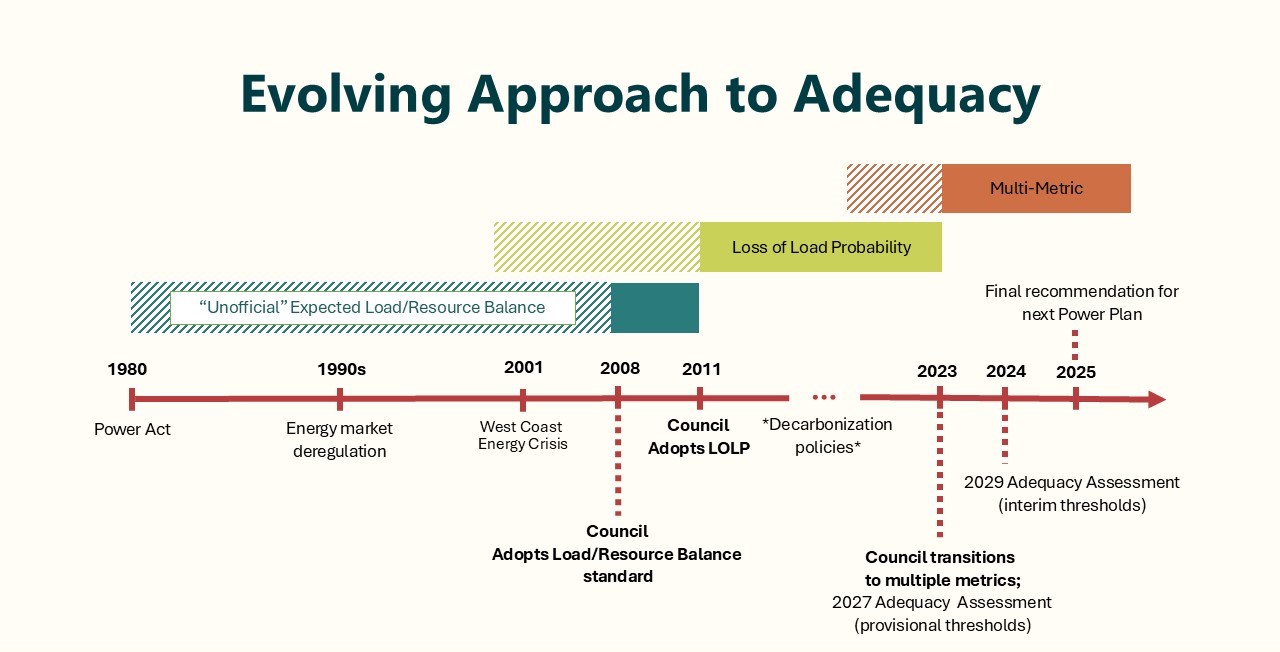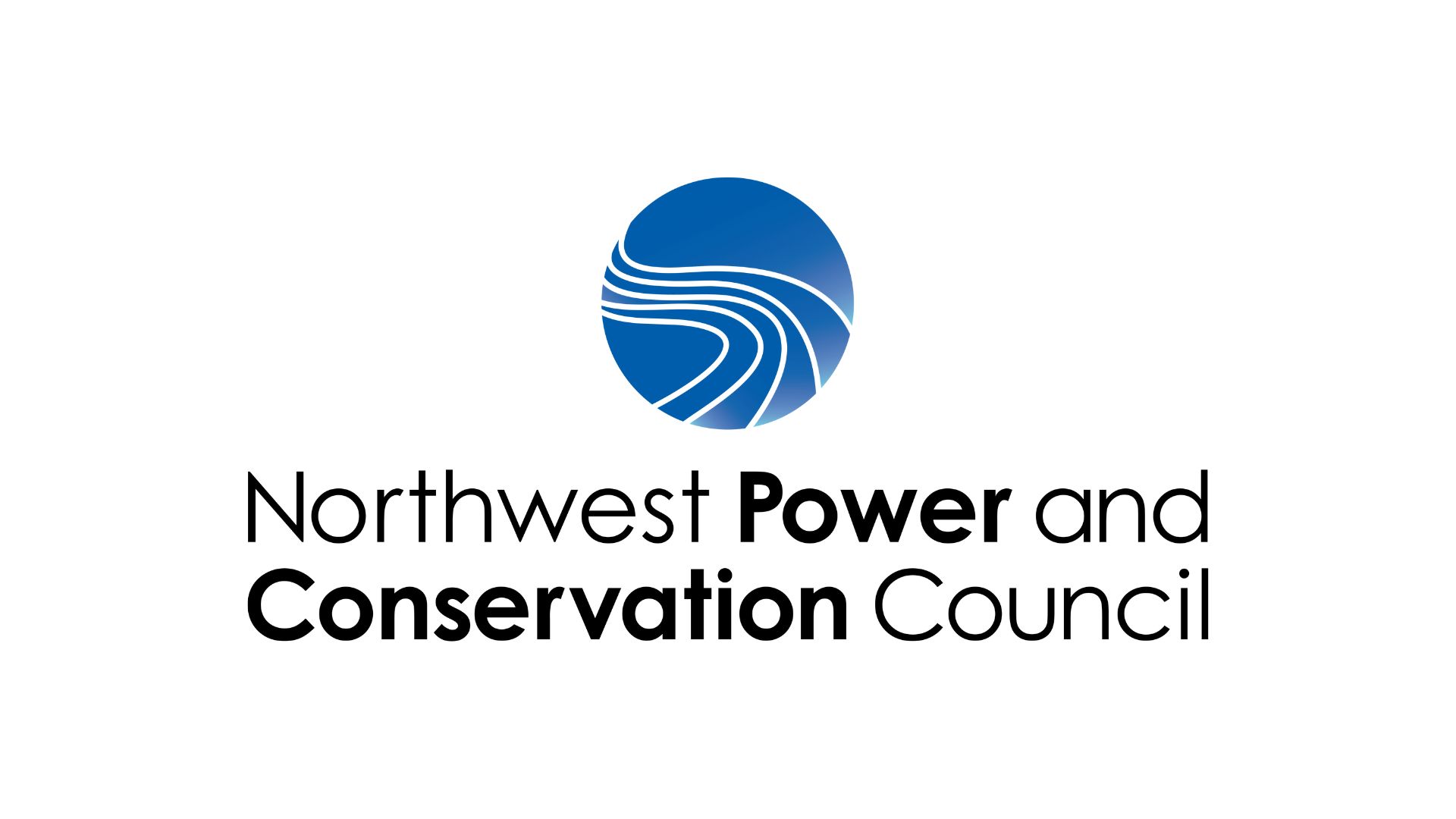Ninth Power Plan reaches key milestone, and Council reviews preliminary energy efficiency, demand response potential
- June 27, 2025
- Peter Jensen
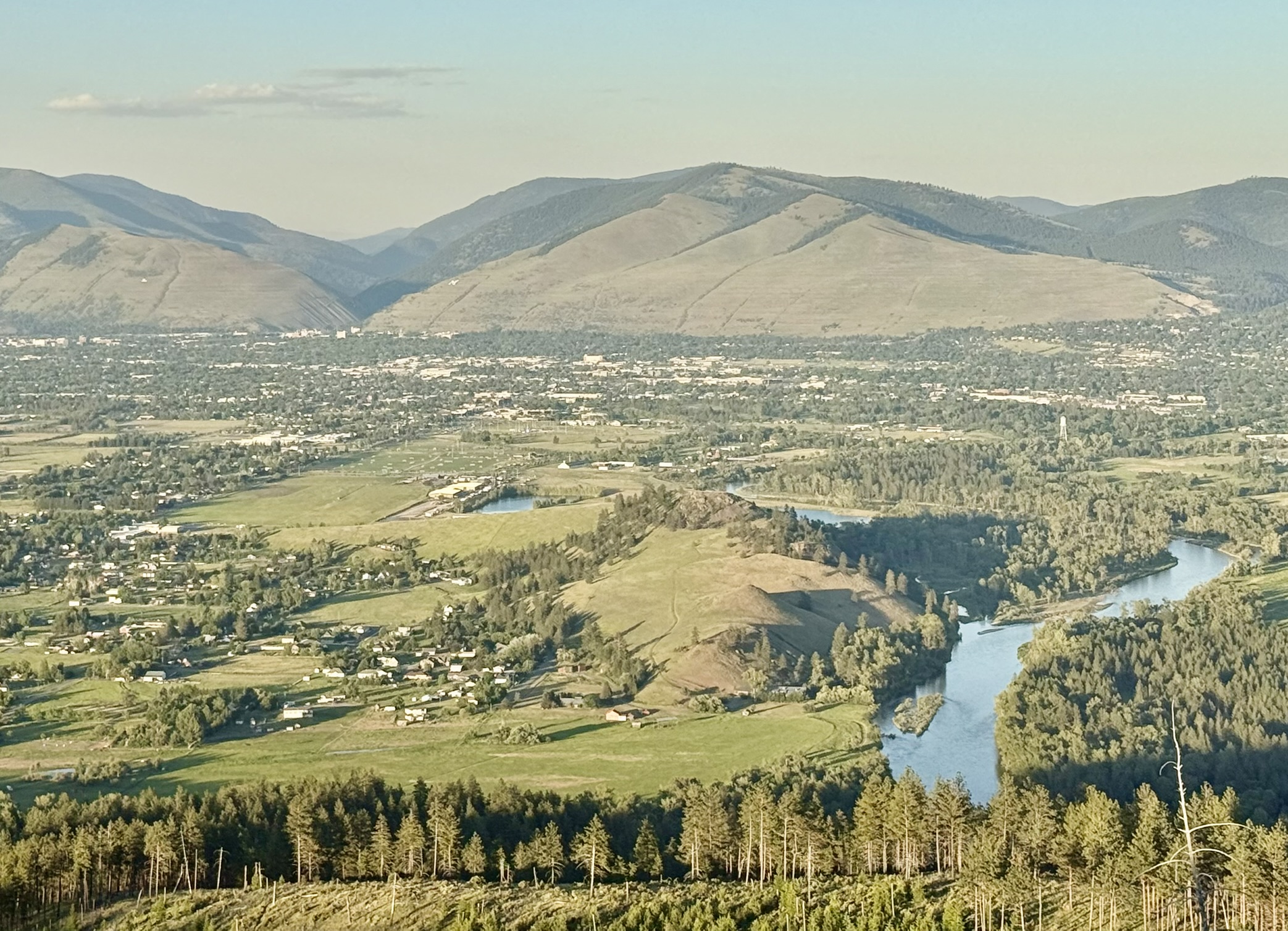
At the Council’s June meeting in Missoula, Power Planning Director Jennifer Light gave an update on the process of developing the Ninth Plan while noting that a key milestone has been reached. She also led a discussion of a hydro operations scenario, and Power Division staff presented the preliminary, total potential for energy efficiency and demand response for the Ninth Plan.




